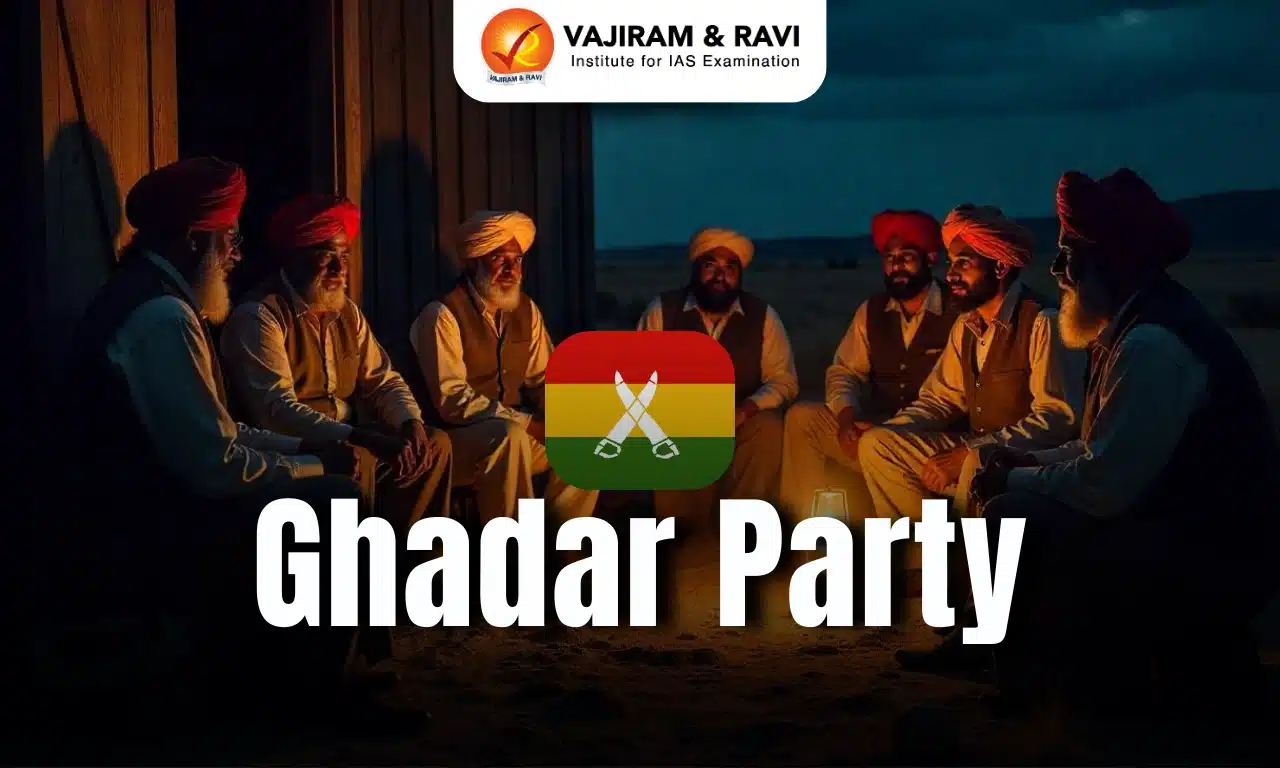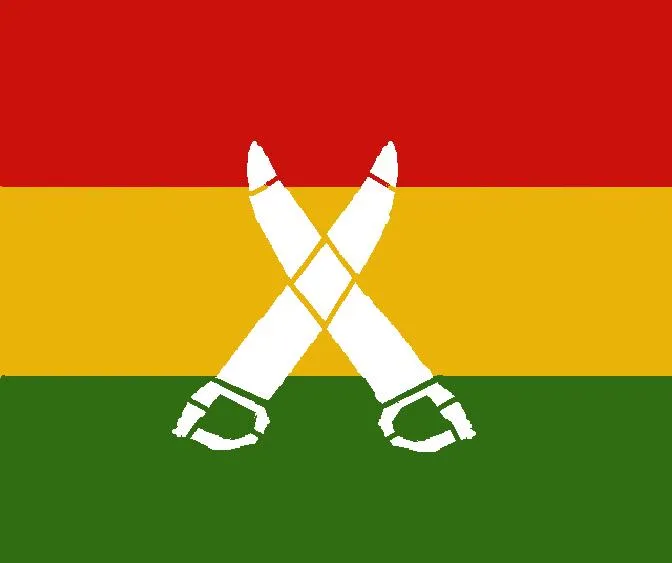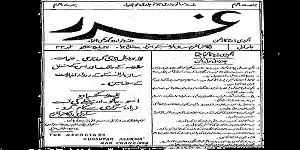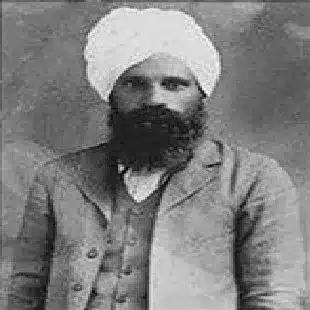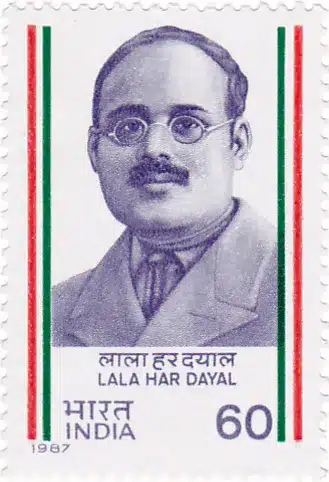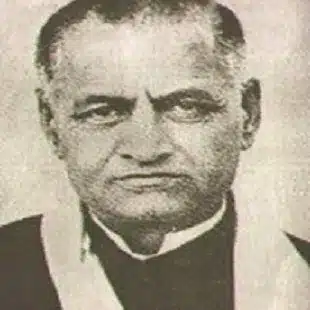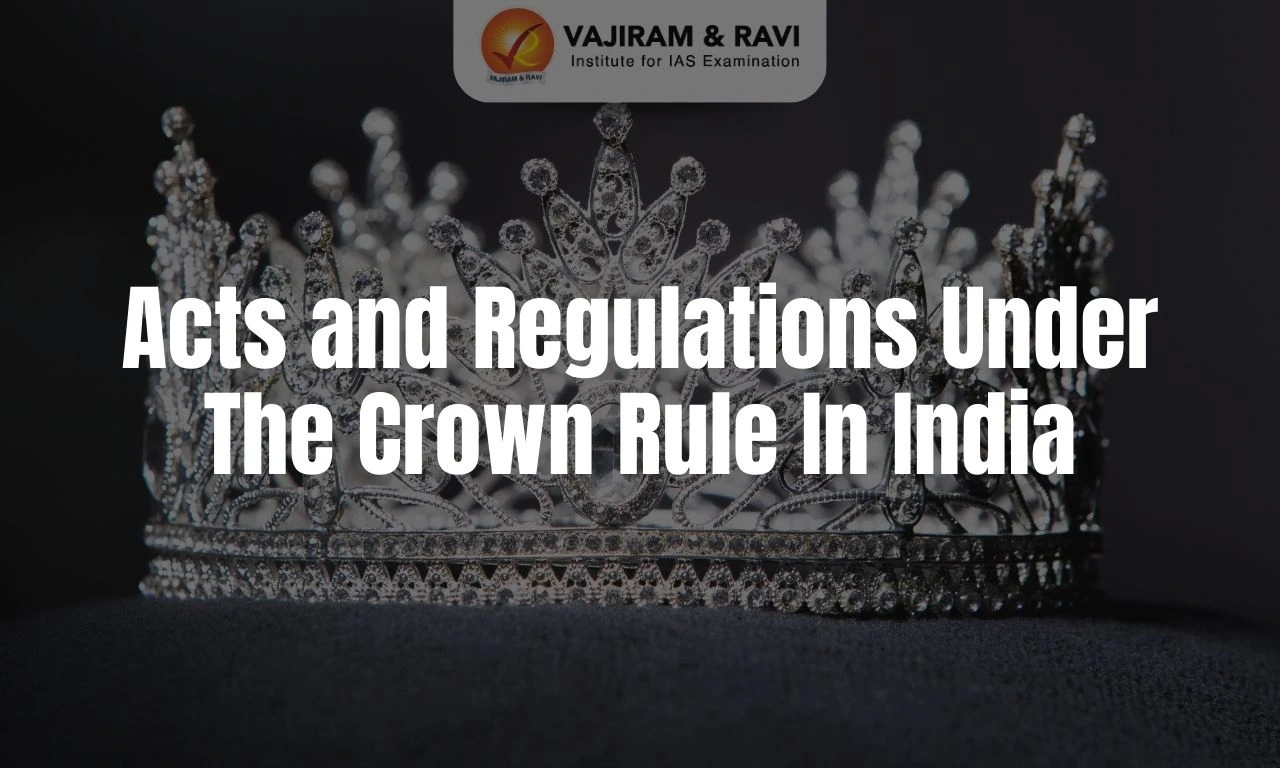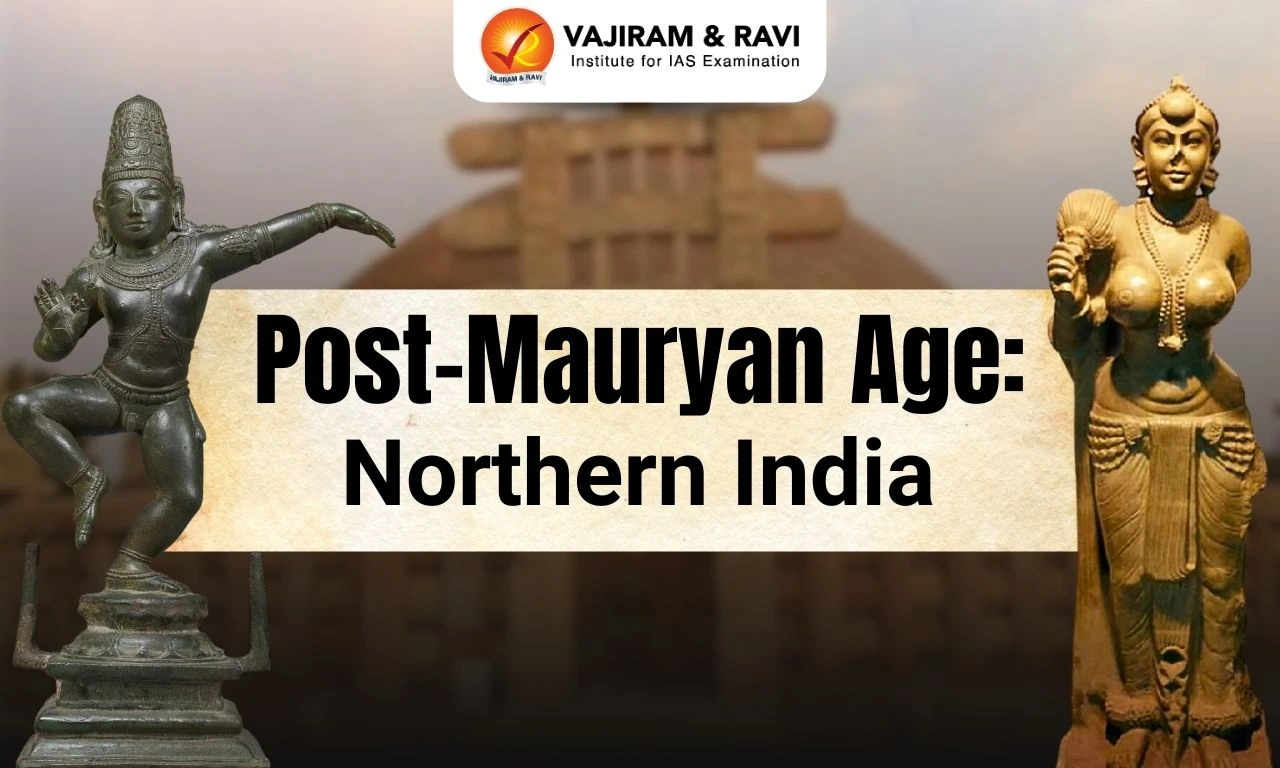Ghadar Party, founded in 1913 in San Francisco by Indian expatriates, aimed to overthrow British rule in India and establish an independent nation. With prominent leaders like Lala Har Dayal and Baba Sohan Singh Bhakna, the movement advocated nationalist ideals through its weekly newspaper Ghadar, spreading anti-colonial sentiments and promoting equality and secularism.
The Ghadar Party undertook revolutionary activities, including attempts to incite mutiny during World War I and the Komagata Maru incident. However, the movement faced challenges such as overestimating mass support, underestimating British strength, and lacking proper coordination, leading to its eventual downfall.
Ghadhar Party Background
Ghadar Party, also known as the Ghadar movement, was founded in 1913 in San Francisco, America, by Indian expatriates to overthrow the British government in India and establish an independent nation. Initially, the movement started with the publishing of a weekly newspaper called Ghadar by Lala Hardayal from San Francisco.
- The Ghadar party was later named after the newspaper. Most Ghadar revolutionaries were Punjabi immigrants like Sohan Singh Bakhna, Bhai Parmanand, and Harnam Singh.
- The first edition of the Ghadar was published in Urdu, mentioning the caption Angrezi Raj Ka Dushman, and a month later, it was published in Gurmukhi.
Ghadar Party objectives
Ghadar Party sought to assist in overthrowing British rule in India through armed revolt. Its main objectives include:
- Improving the conditions of the poor and the working class.
- Promoting education and social reforms.
- Overthrowing British colonial power through revolution.
- Establishing an independent and sovereign India.
- Creating a secular state embracing all religions.
- To unite all Indians, regardless of their religion and caste.
Ghadar Party Members
Gadar Party mainly consisted of Indian immigrants from the Punjab. Some of the notable members were Baba Sohan Singh Bhakna, Lala Har Dayal, Pandit Kanshi Ram Morali, Bhai Parmanand, Sant Baba Wasakha Singh Dadeha, Baba Jawala Singh, Santokh Singh and Harnam Singh Tundilat.
- Baba Sohan Singh Bhakna (1870-1968): He was the founder and the first President of Ghadar Party in the U.S.A.
- Lala Har Dayal: He was the General Secretary of the Gadar party. He was also the editor of the weekly paper Gadar. He established the Hindi Association of the Pacific Coast. It was later known as the Hindustan Ghadar Party in May 1913. This was established to take control of the Indian immigrant community in Portland.
- Pandit Kanshi Ram Morali: He, along with Sohan Singh Bhakna, established the Hindi Association, which later evolved into the Ghadar Party. He was the treasurer of the Ghadar party.
- Bhai Parmanand: He was also a founder member of the Ghadar party. He also wrote a book for the Ghadar party named Tarikh-i-Hind.
- Harnam Singh Tundilat: He was an ex-serviceman of the Punjab Regiment of the British Army. Harnam Singh wrote patriotic poems for Ghadar and was a bodyguard for the Party's General Secretary, Lala Har Dayal.
Ghadar Party Activities Undertaken
Ghadar Party, formed to challenge British rule in India, engaged in a range of revolutionary activities. From organizing assassinations of British officials and supplying weapons to inciting mutiny during World War I, the party aimed to spark uprisings across British colonies. Their efforts included the launch of the weekly newspaper Ghadar and involvement in events like the Komagata Maru incident.
- Assassination of British Officials: The party organised the assassinations of British officials stationed abroad, igniting uprisings across British colonies worldwide.
- Weapon Supply: During World War I, Ghadar Party members returned to Punjab, where they sought to incite an armed rebellion. They supplied weapons and incited Indian soldiers in the British Army to mutiny.
- Ghadar Mutiny: In February 1915, the Ghadar Mutiny began as a result of weapons smuggling and the party’s anti-colonial efforts.
- Although the mutiny was planned to spread across India, it was swiftly and harshly suppressed by British authorities, culminating in the execution of 42 members after the Lahore Conspiracy Case trial.
- Publishing a weekly Newspaper: The party launched the Urdu-language weekly, Ghadar, in November 1913, which became a crucial tool for disseminating nationalist ideals. It was circulated widely among Indian immigrants globally.
- Propaganda Campaign: Ghadar leaders embarked on extensive propaganda efforts, delivering speeches and distributing materials in workplaces where Indian immigrants were employed.
- They utilized the freedom available in the U.S. to fuel anti-colonial sentiment and oppose British domination.
- Komagata Maru Incident: Ghadar Party activists visited the Komagata Maru ship during its voyage, delivering lectures and handing out anti-colonial literature.
-
- Upon the ship’s arrival in Canada, it was denied entry by authorities, leading to frustration and anger among the passengers.
Gadar Movements
Ghadar movement gained momentum in 1914 due to many significant events that inspired the revolutionaries living abroad. The arrest of Lala Har Dayal, the Komatgaru incident and the outbreak of World War I shaped the movement's strategies.
- Lala Har Dayal's arrest: In 1914, Lala Har Dayal was arrested by US authorities under British pressure. After his release on bail, he fled to Switzerland, weakening the Ghadar leadership at a critical moment.
- Komagata Maru incident: The Japanese steamship Komagata Maru, carrying 376 Indian passengers, was denied entry to Canada and forced back. Upon reaching Calcutta during World War I, passengers were not allowed to disembark, leading to a violent clash in Budge Budge, resulting in 18 deaths and 202 arrests. This fueled anti-British sentiment.
- World War I revolt attempt: Ghadar leaders saw World War I as an opportunity to revolt. They issued the Ailan-e-Jung (Proclamation of War), urging Indians abroad to return and join the struggle against British rule.
Ghadar Party Achivements
Ghadar Party made a significant contribution to the Revolutionary Movements in India. It advocated for nationalist ideology, equality and a secular idea, as seen in the weekly newspaper Ghadar published by the Ghadar party.
- Spread of nationalist ideology: Ghadarites raised awareness about British exploitation, inspiring peasant uprisings in Punjab and other regions in later years.
- Core ideology: The movement’s principles centred on equality, democracy, and a radical approach, influenced by Irish, Mexican, and Russian revolutionaries.
- Secular nature: The Ghadar Party was highly secular, dismissing religious concerns as insignificant. They welcomed leaders from diverse backgrounds, such as Har Dayal (Hindu), Barkatullah (Muslim), and Rash Behari Bose (Bengali Hindu).
Ghadar Party Failure
Ghadar Movement overestimated its readiness and public support, misjudging the strength of the British forces and lacking proper coordination. Internal leadership conflicts and poor organization further weakened the movement, leading to its downfall.
- Lack of mass support: The movement overestimated the readiness of the Indian masses for rebellion, which led to a gap between leadership efforts and public participation
- Weak coordination: There was a significant lack of proper coordination between the leadership and the people, making it difficult to mobilize effectively.
- British strength: The party underestimated the power and swift response of the British government, which took strict measures to counter their efforts.
- Leadership crisis: Many key leaders were arrested upon their arrival in India, severely weakening the organizational capacity and momentum of the movement.
Last updated on December, 2025
→ Check out the latest UPSC Syllabus 2026 here.
→ Join Vajiram & Ravi’s Interview Guidance Programme for expert help to crack your final UPSC stage.
→ UPSC Mains Result 2025 is now out.
→ UPSC Notification 2026 is scheduled to be released on January 14, 2026.
→ UPSC Calendar 2026 is released on 15th May, 2025.
→ The UPSC Vacancy 2025 were released 1129, out of which 979 were for UPSC CSE and remaining 150 are for UPSC IFoS.
→ UPSC Prelims 2026 will be conducted on 24th May, 2026 & UPSC Mains 2026 will be conducted on 21st August 2026.
→ The UPSC Selection Process is of 3 stages-Prelims, Mains and Interview.
→ UPSC Result 2024 is released with latest UPSC Marksheet 2024. Check Now!
→ UPSC Prelims Result 2025 is out now for the CSE held on 25 May 2025.
→ UPSC Toppers List 2024 is released now. Shakti Dubey is UPSC AIR 1 2024 Topper.
→ UPSC Prelims Question Paper 2025 and Unofficial Prelims Answer Key 2025 are available now.
→ UPSC Mains Question Paper 2025 is out for Essay, GS 1, 2, 3 & GS 4.
→ UPSC Mains Indian Language Question Paper 2025 is now out.
→ UPSC Mains Optional Question Paper 2025 is now out.
→ Also check Best IAS Coaching in Delhi
Ghadar Party FAQs
Q1. Who formed the Ghadar Party?+
Q2. What was the aim of the Ghadar Party?+
Q3. What was the first issue of the Ghadar Party newspaper?+
Q4. Who was the first president of the Ghadar Party?+
Q5. Why did the Ghadar movement fail?+



